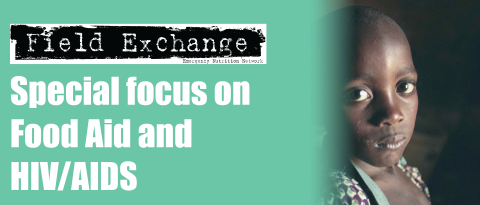HIV and Child Mortality
Summary of published research1
HIV contributes substantially to child mortality, but factors underlying these deaths are inadequately described. With individual data from seven randomised mother-to-child transmission (MTCT) intervention trials, a research team estimated mortality in African children born to HIVinfected mothers and analysed selected risk factors.
Early HIV infection was defined as a positive HIV-PCR test before 4 weeks of age and late infection by a negative PCR test at or after 4 weeks of age, followed by a positive test. Mortality rate was expressed per 1000 child-years. The team investigated the effect on mortality of maternal health, infant HIV infection, feeding practices, and age at acquisition of infection on mortality. This was assessed using Cox proportional hazards models, and allowed for random effects for trials grouped geographicaly.
Overall, 378 (11%) of 3468 children died. By one year of age, an estimated 35.2% infected and 4.9% of uninfected children will have died and by 2 years of age, 52.5% and 7.6% will have died, respectively. Mortality varied by geographical region and was associated with maternal death (adjusted odds ration 2.27, 95% CI 1.62-3.19), CD4+ cell counts <200 per micro litre (1.91, 1.39-2.62) and infant HIV infection (8.16, 6.43-10.33). Mortality was not associated with either ever breastfeeding and never breastfeeding in either infected or uninfected children. In infected children, mortality was significantly lower for those with late infection than those with early infection (0.52, 0.39-0.70). This effect was also seen in analyses of survival from the age at infection (0.74, 0.55-0.99).
The authors of the study concluded that these findings highlight the necessity for timely antiretroviral care for HIV-infected women and children in developing countries, and for prophylactic programmes to prevent MTCT.
1Newell ML et al (2004). Mortality of infected and uninfected infants born to HIV-infected mothers in Africa: a pooled analysis. The Lancet, vol 364, Oct 2nd 2004, pp1236-1243
Imported from FEX website


